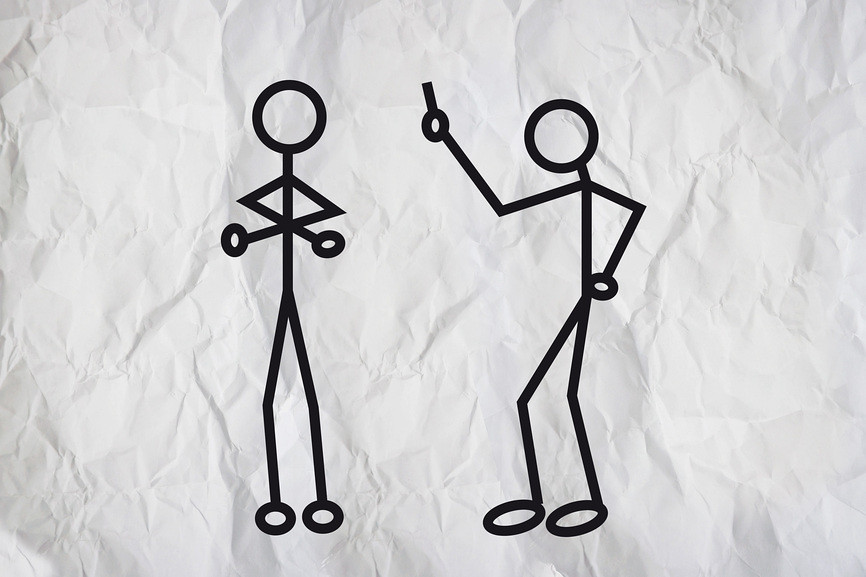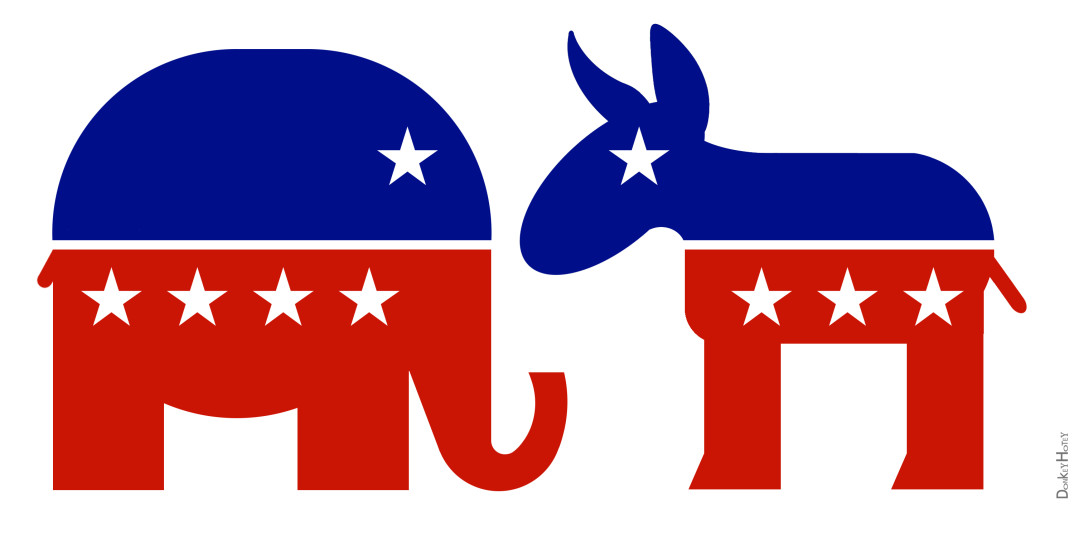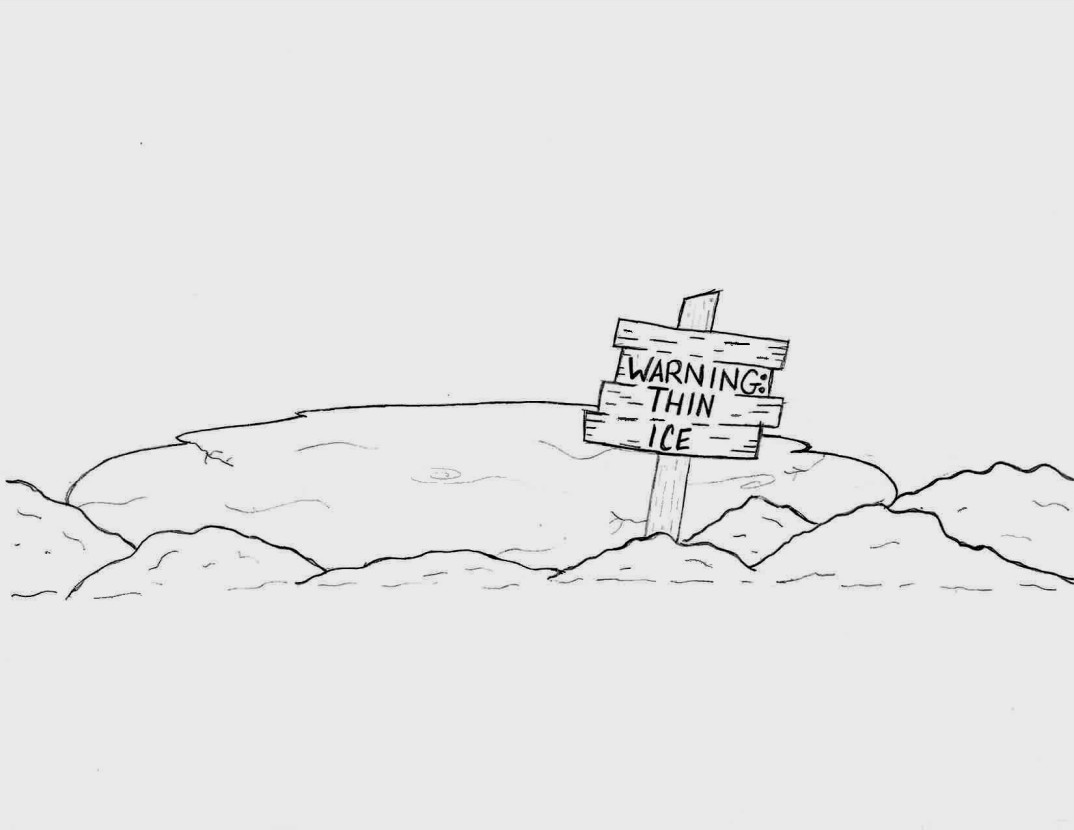When it comes to speech, kindness is often the best policy, but those who need a sharp word may find themselves in a predicament: how to express what they mean without using language that is demeaning towards marginalized groups.
Perhaps unsurprisingly, many words used as insults have historically been used to oppress. One prominent example is the trio “idiot,” “imbecile,” and “moron,” which were codified as scientific classifications for mental disability in the 19th century and then popularized by the eugenicist psychologist Henry Goddard in the early 20th century. A word you might call your little brother when he is being — well, frustrating — is deeply ableist and tied historically to eugenics.
Language has long been used as a tool of oppression. But in many cases, the link to a word’s more explicit oppressive use is lost to many contemporary users of that word.
Awareness of many words’ oppressive histories is growing, thanks in large part to efforts from scholars and members of marginalized communities, such as disability activist Hannah Diviney, who called out Beyoncé and Lizzo for use of an ableist slur in their lyrics. However, many people are simply unaware that the words they are using are tied historically to ideologies and practices they themselves would find immoral.
Is it permissible to use words that are historically tied to oppression, especially when many people are unaware of the link? In many cases, a person’s ignorance of facts relevant to a situation can absolve that person of moral responsibility. For example, if I give you a ticket for a flight that unbeknownst to me will end in a crash, I will not be morally responsible for the harm that comes to you when you board that flight. I could not have known. But we are morally responsible for ignorance that is borne out of negligence, and higher stakes increase our responsibility for educating ourselves.
Because the terms in question have been used to suppress entire groups of people, there’s ample opportunity for collateral damage when they are used.
For example, if someone calls their friend a misogynist slur, that slur not only aims its disdain at its direct target (the friend), but also at women and girls in general. In fact, many misogynist insults work only via their denigration of women. When someone is called a sissy, for example, the insult just is the identification of the target with femininity — and therefore, by implication, weakness. This point of view is communicated to anyone who reads or hears the insult.
The philosophical term for the idea that certain words can cause damage to those to whom they are not directed is known as a term being “leaky.” A leaky term is one which, even when it is merely quoted or mentioned rather than used, is still felt as damaging or offensive. The n-word is a paradigm case of a leaky term. The n-word is so-called because, for many, saying the full term in any context is racist.
Not only are insults tied to oppressing marginalized groups potentially leaky and prone to cause collateral damage (often by design, as in the “sissy” case); people’s speech also reaches further now than any time in history. Gone are the days of cursing out a politician for a small audience consisting only of one’s family in one’s own living room. Now, a simple @ of the public figure’s username will direct one’s insult right to the screens of hundreds, thousands, or millions of users of social media. More is at stake, because more people are affected.
Generally, when the repercussions for an action are greater, the moral responsibility for carefulness increases.
It may not be a big deal for a parent to serve their family food that seems unspoiled without first consulting its expiration date; the same cannot be said of a restaurant. Similarly, the wider one’s speech reaches, the less one’s ignorance of its meaning is morally exculpatory. Put simply, the leakiness of insults and the far reach of social media increase the stakes for considering the meaning of one’s speech, even beyond speech that is very obviously ableist, racist, or misogynist.
We can also question whether the connections with the past uses are really lost, even in cases less commonly thought of as full-on slurs. The current use of a word can reveal a tacit commitment to the immoral ideals the word represented more explicitly in the past. Consider “idiot” with its historical tie to eugenics. It was an ableist term meant to designate a so-called mental age of the person being evaluated, designating low intelligence. It’s still used to designate low intelligence today, as an insult rather than a clinical diagnosis. And as such, it still carries an ableist dismissiveness of people with cognitive disabilities.
So what’s a non-ableist, anti-racist, non-misogynist to do? The answer may be, of course, that one could simply refrain from insulting another person. This is an excellent suggestion, and it has much to recommend it as a general policy. However, some cases will require the use of an insult, and some people, at least, will find it easier to change their terms than to quit the habit of insulting others.
More generally, people need the ability to transgress a little with language — as when reserving taboo words for special expressions of outrage. Wouldn’t it be helpful for a language to have terms of insult that hit their intended target and no one else?
Perhaps we should invent new insults. Media aimed at children often does. The problem with novel insults is that they often come across as unserious. Similarly to fictional profanity, such as “frak” in place of “f***” on the TV show Battlestar Galactica, novel terms often lack the bite of the original. The attempt to replace the original term, which is damaging beyond its intended meaning, results in a term that is often not strong enough. “Dillweed,” with its surprisingly illustrious career, may get a laugh on TV, but real life may require something stronger.
Numerous lists offer examples of alternative words, but as with much of language, change comes slowly. It may be that change in social consciousness surrounding terms that are ableist, racist, misogynist, etc., must precede widespread use of insults that avoid these pitfalls.









